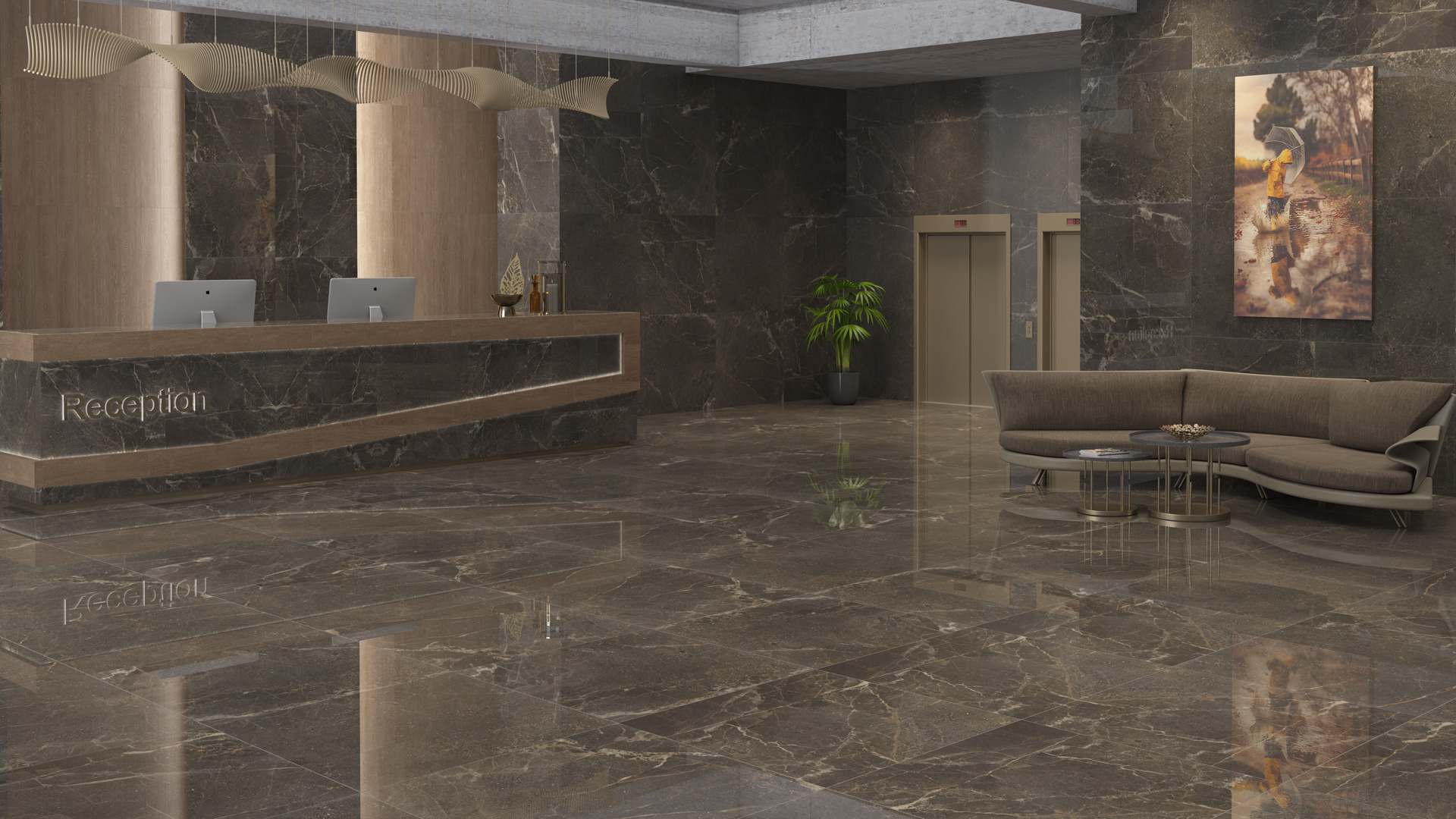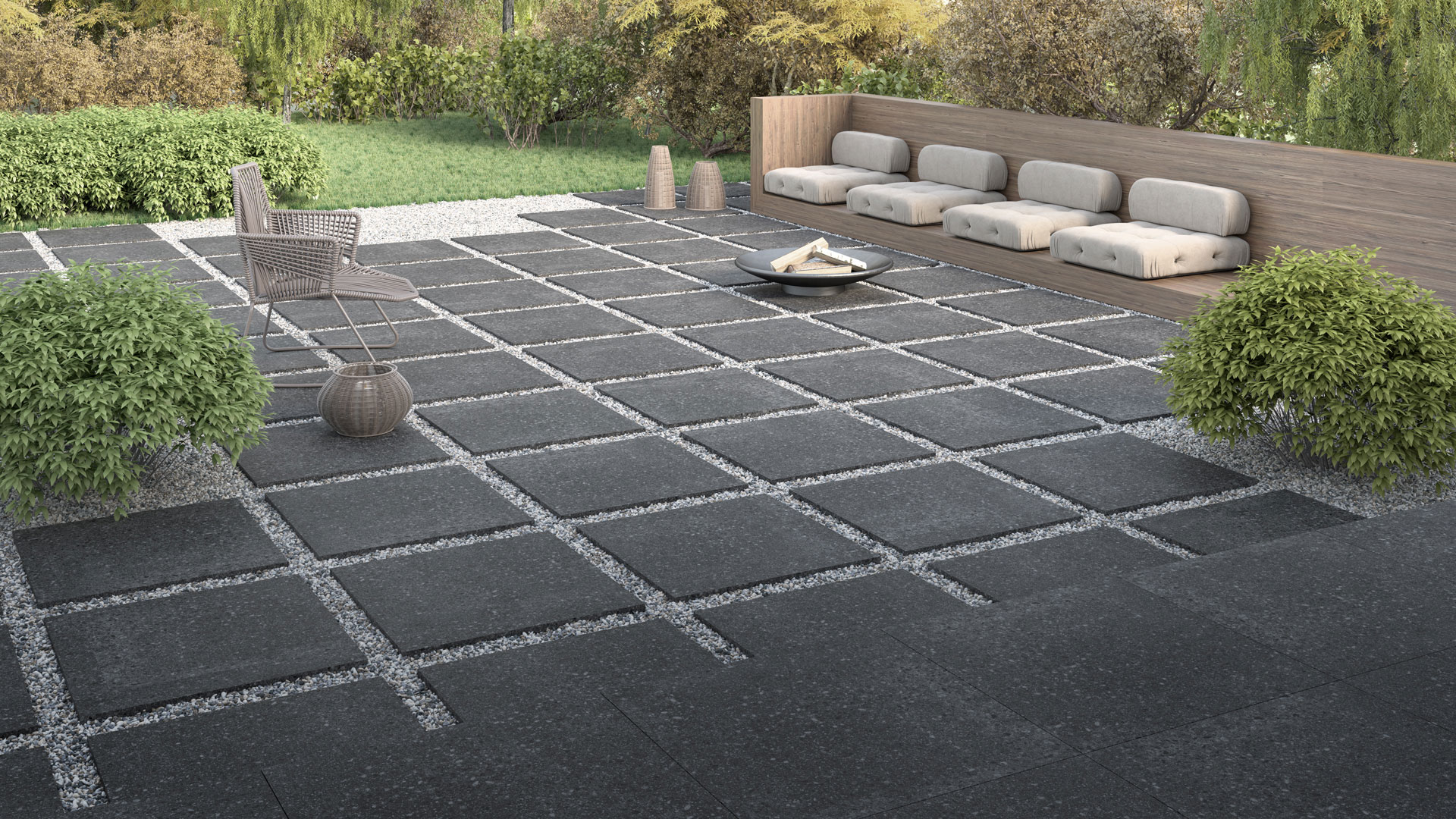What is glaze?
Glass-like coating glaze that is placed on the surface of the body of ceramic tiles, glaze is basically a raw material that after grinding, becomes a thin paste or slurry with water and zinc in different ways The ceramic and tile body is placed and heated to a certain temperature in the furnace. This makes the desired product more beautiful and radiant, and on the other hand, its strength is more.
Glaze is not originally a sticky substance, but its contact with pottery causes it to penetrate the clay and, when exposed to a certain temperature, covers the surface of the tile like a coating.
Types of ceramic tile glazes
The type of color and glaze depends on the type of its formula and its ingredients, so by combining the ingredients of the glaze in different amounts, you can invent a new paint and glaze.
Today, in the ceramic tile industry, there are various methods and types of glazing, which we will briefly introduce here:
1- Colorless ceramic tile glaze
This type of glaze is used to cover the surfaces of delicate imitation porcelain and is colorless and transparent and is prepared from a mixture of calcium and silica and white porcelain soil.
2 – Glazed colored ceramic tiles
The most important type of glaze is colored glazes, which are obtained using metal oxides. Copper oxide (Cu2O) is used for blue, iron oxide (FeO) for yellow, and chromium oxide (Cr2O3) for green.
3 – opaque ceramic tile glaze
This type of glaze, which is used to cover ordinary imitation porcelain, is prepared from a mixture of SnO2, PbO, SiO2, Pb3O4, salt and sodium carbonate, which is melted, cooled and powdered in water in a milk bath. They bring it and immerse the glazed object in it.
4 – Textured ceramic tile glaze
A type of glaze is said to have textures of decorative and silky stones that create an uneven surface in the glaze. These surfaces are suitable for use as floor ceramics due to their high friction.
Applications of glaze in ceramic tile industry
In the ceramic tile industry, the types of glazes are determined based on the amount of glaze applied to the product and are as follows:
Double baking tiles
Single baking wall tiles
Single baking floor
Porcelain tiles
Advantages of ceramic tile glaze
The benefits of glaze are as follows:
– Fully flat surface
– Beauty climbing
– More resistance to chemicals
– Reduce water absorption
– Increase strength
How is glaze added to ceramic tiles?
To add glaze to ceramic tile surfaces, after the tile biscuit comes out of the oven, the glaze is poured on it and baked again to increase its strength.










